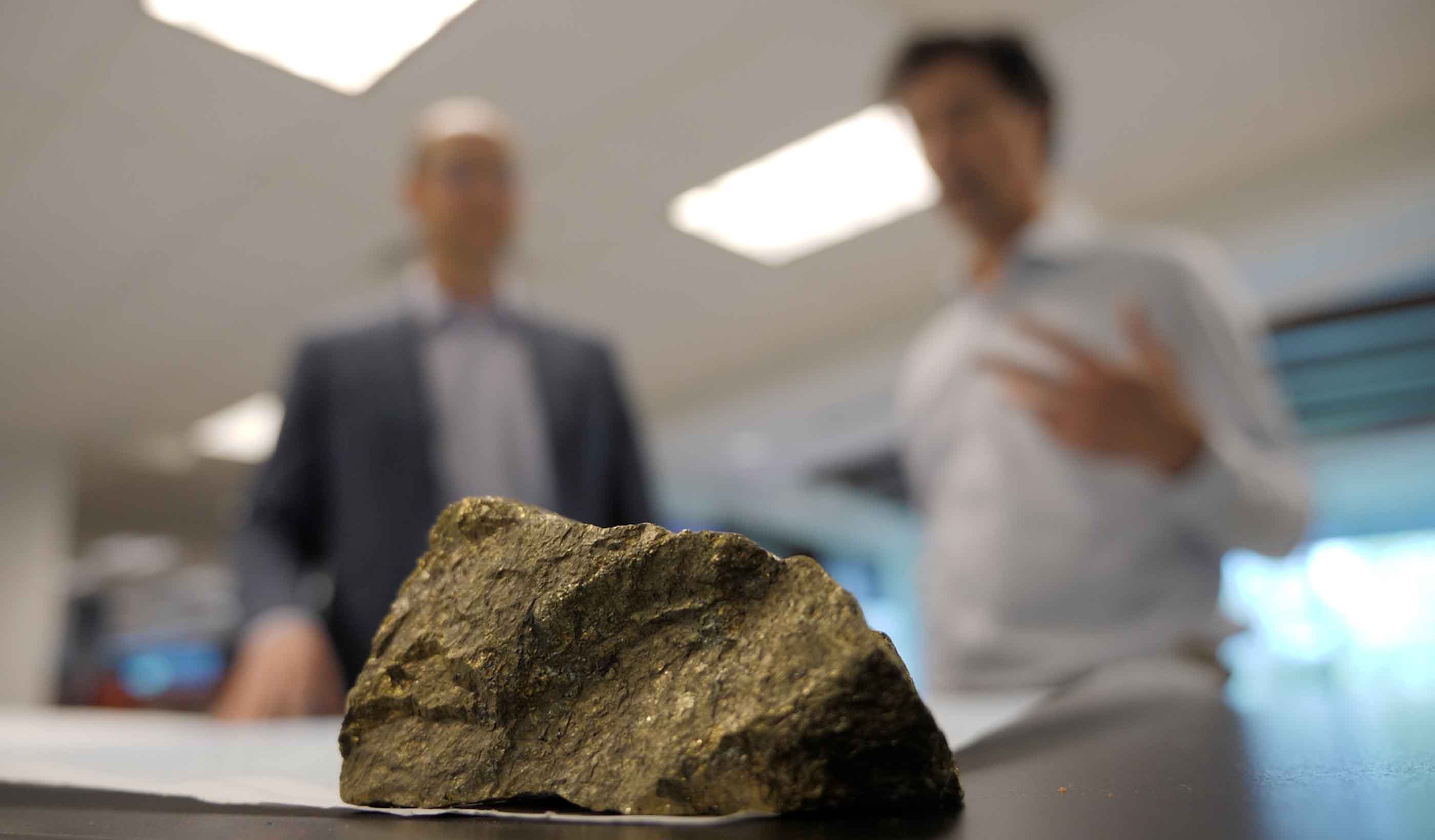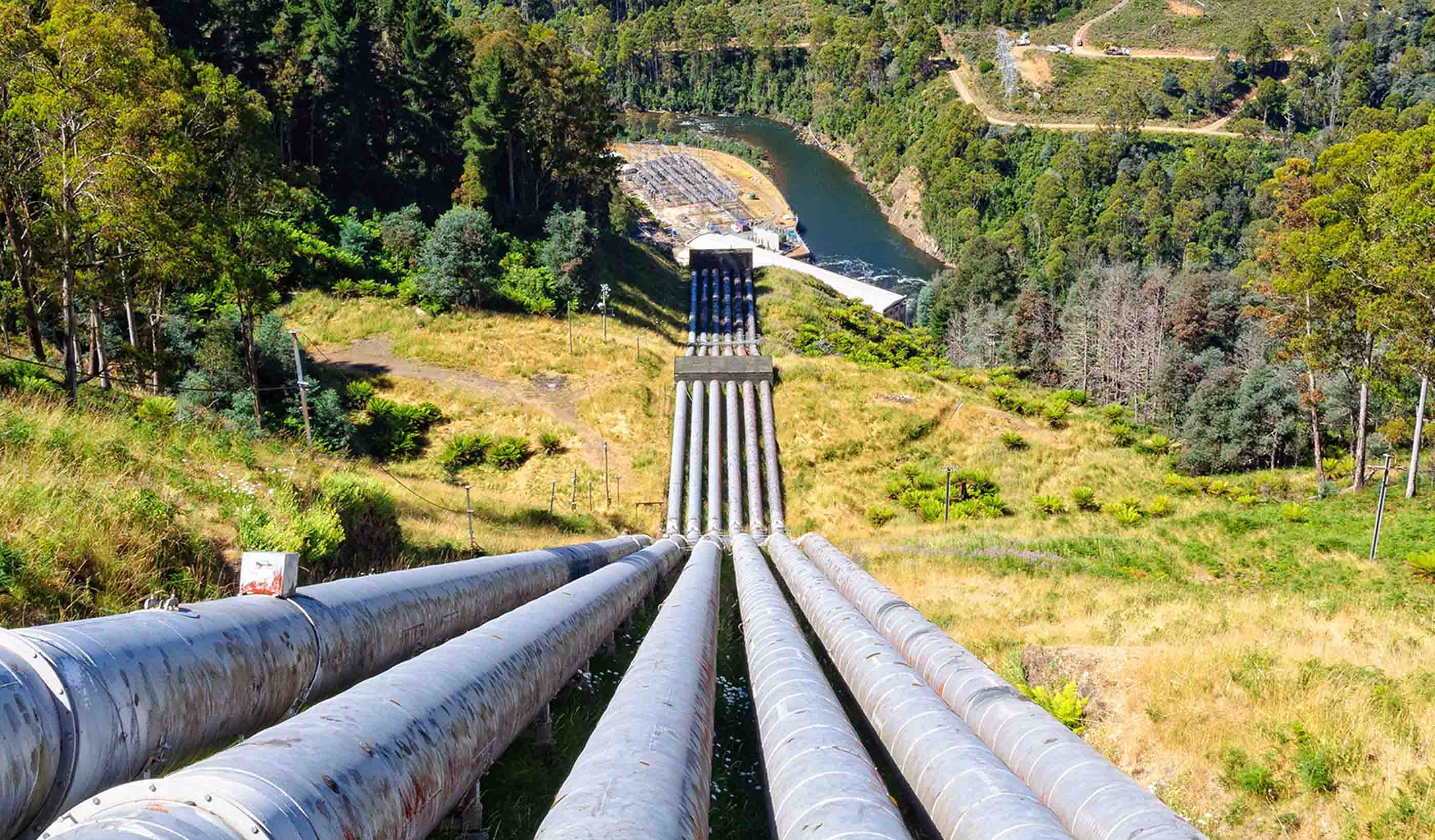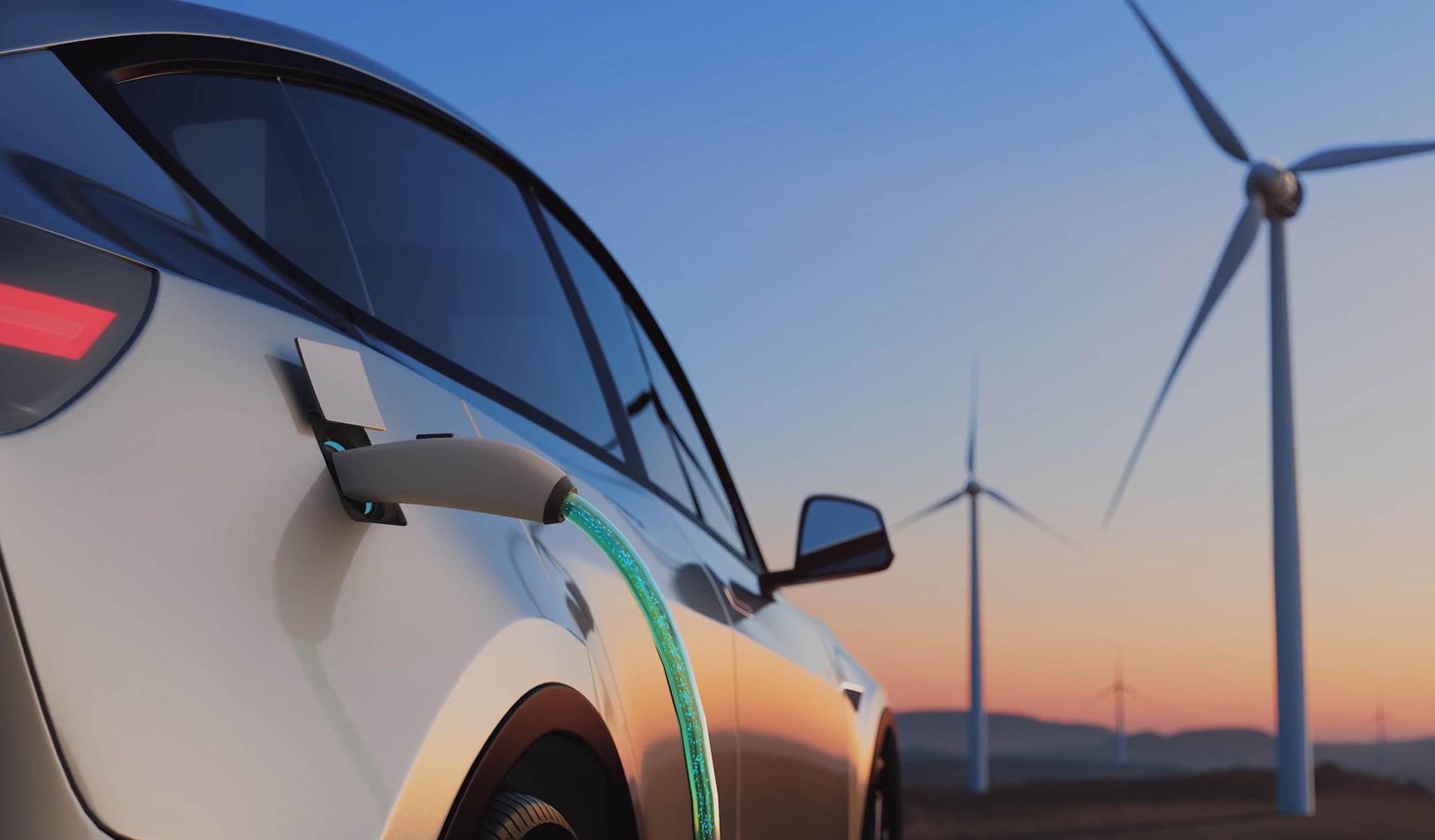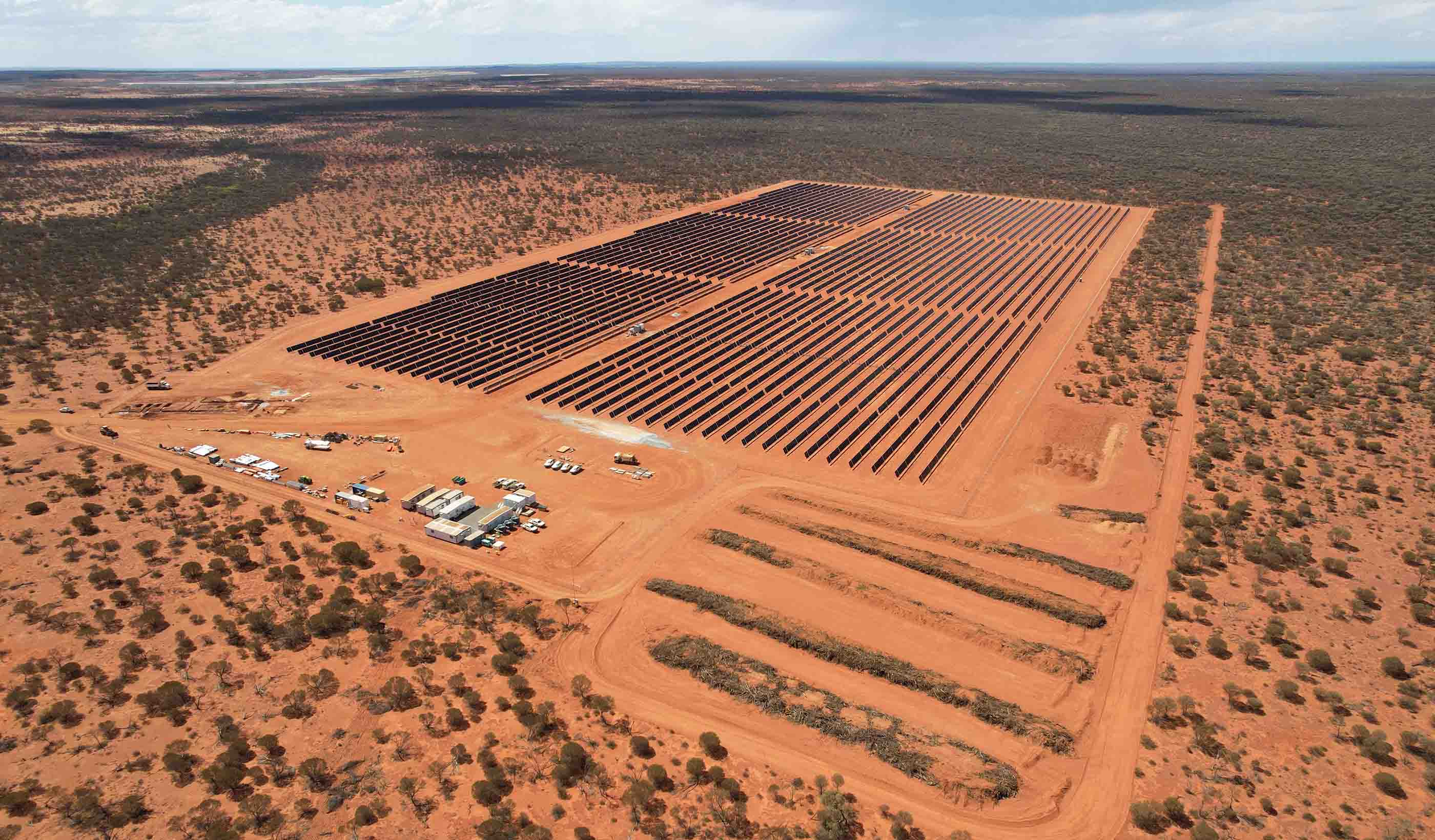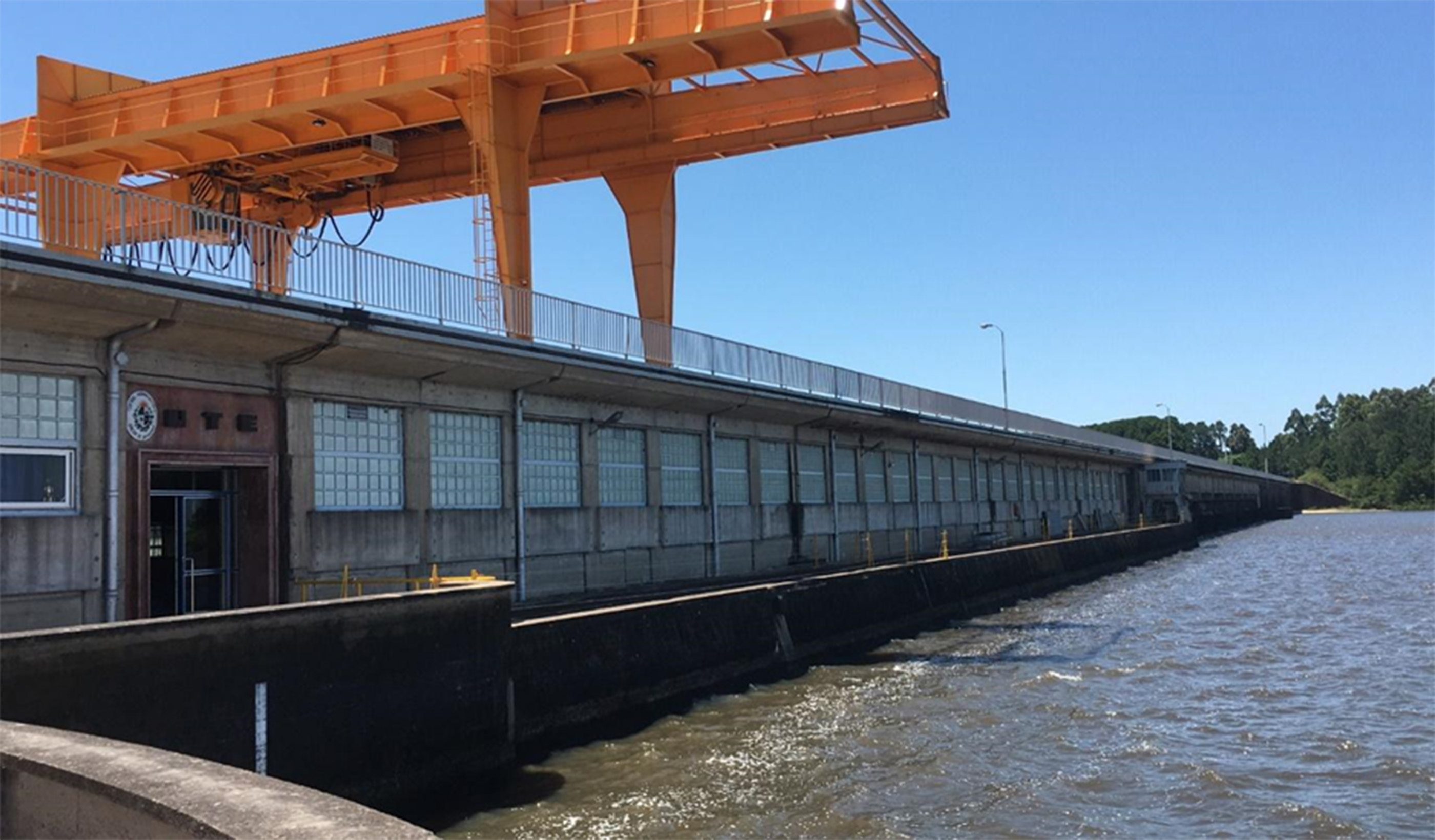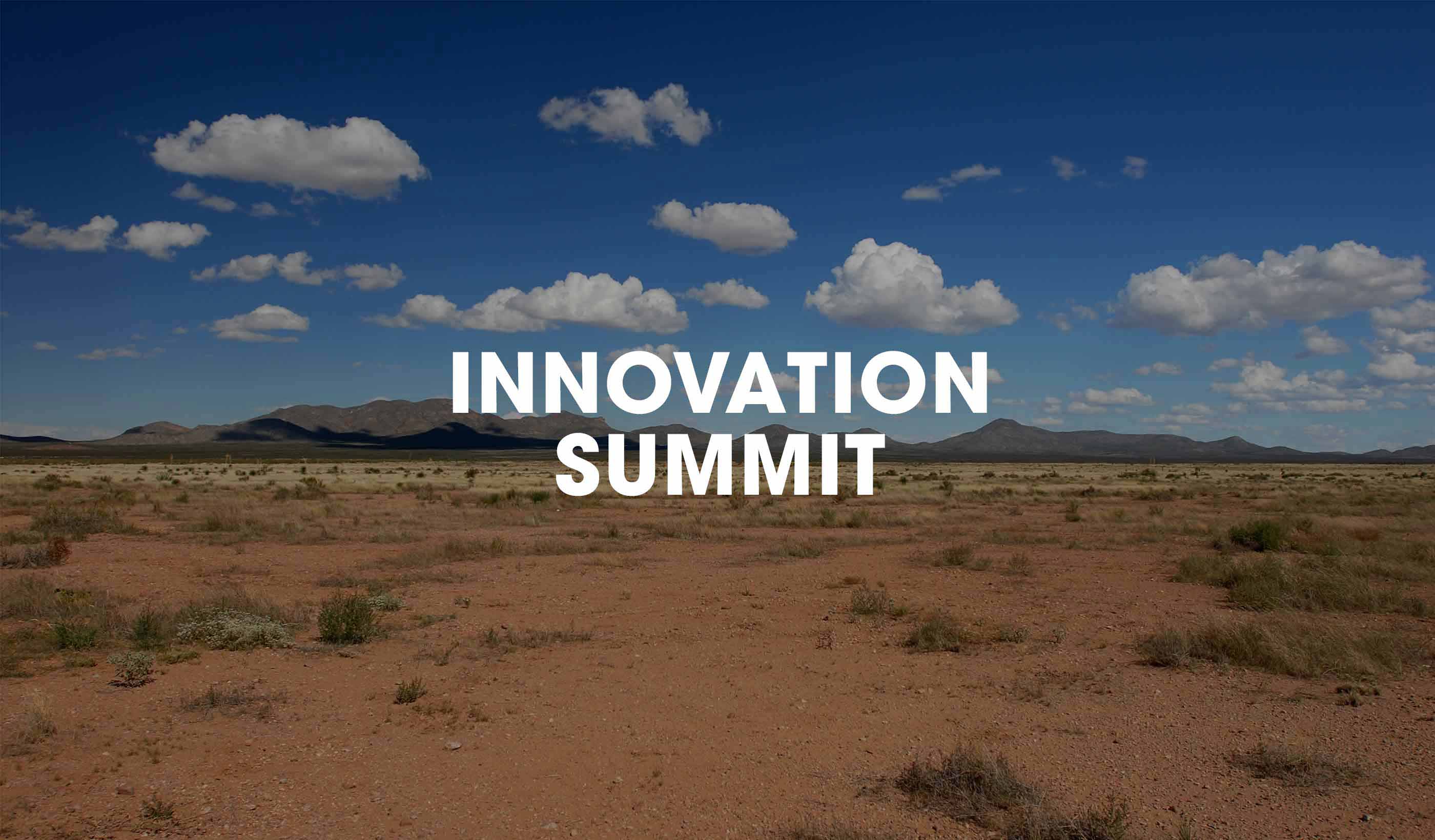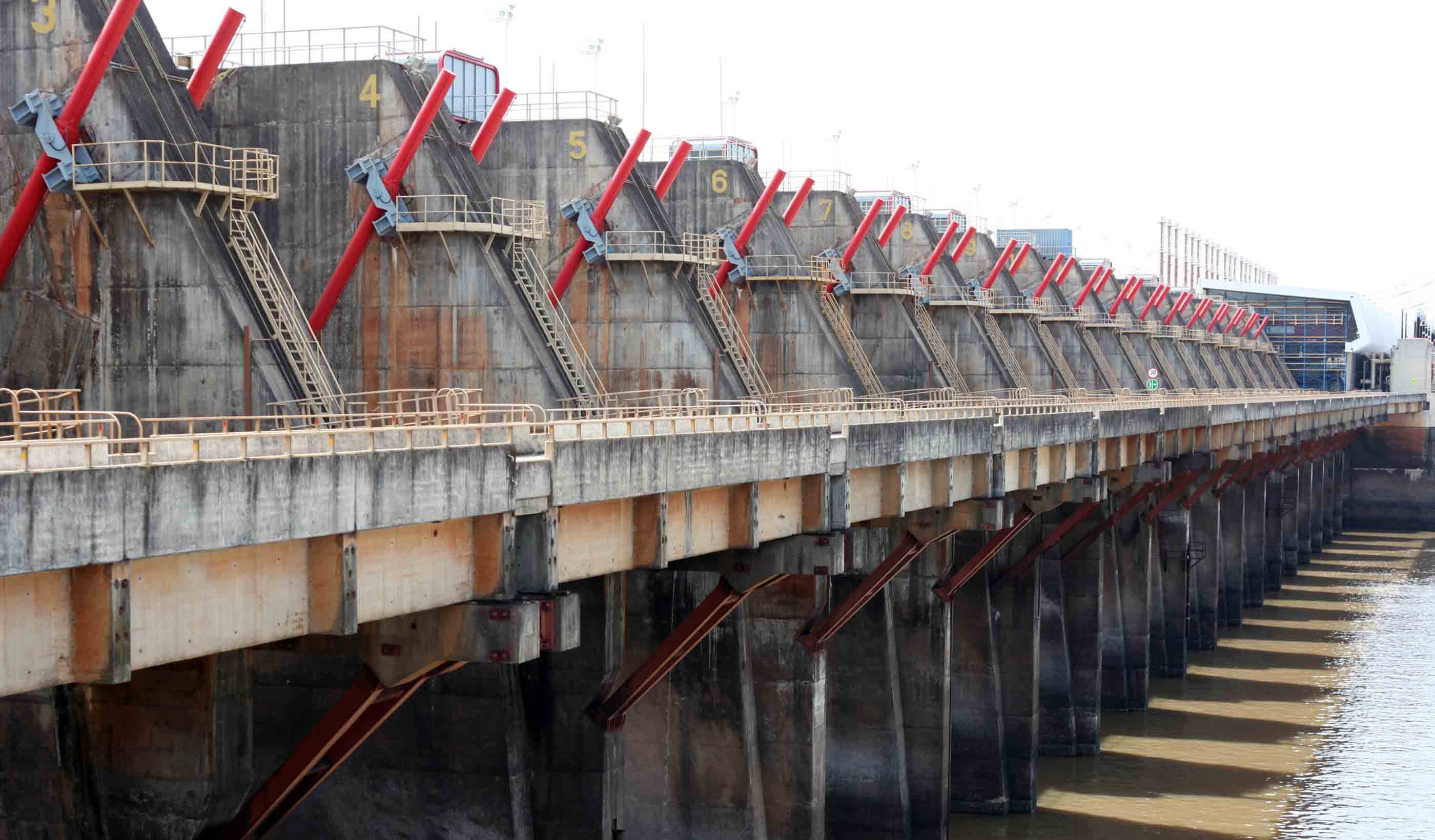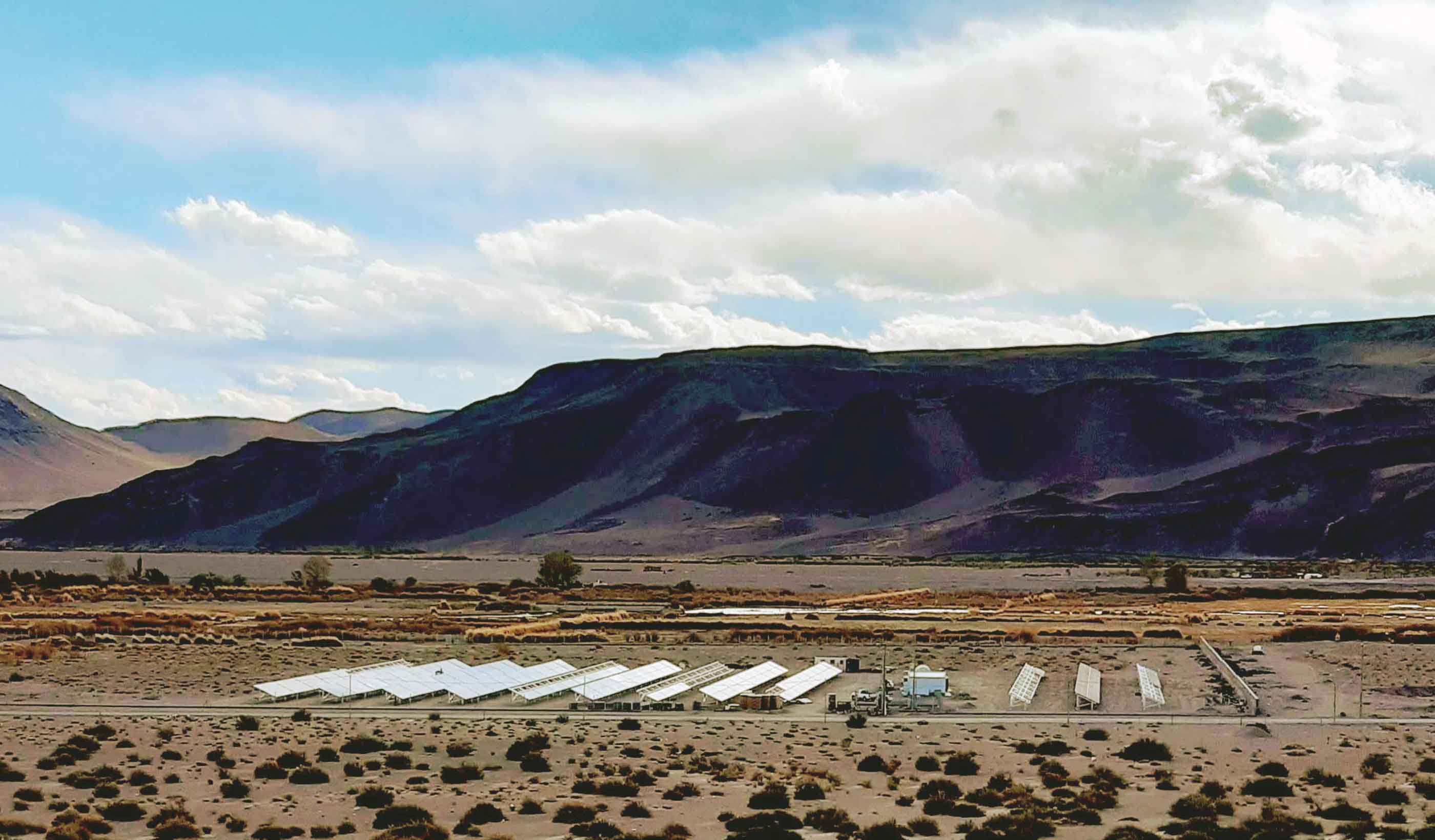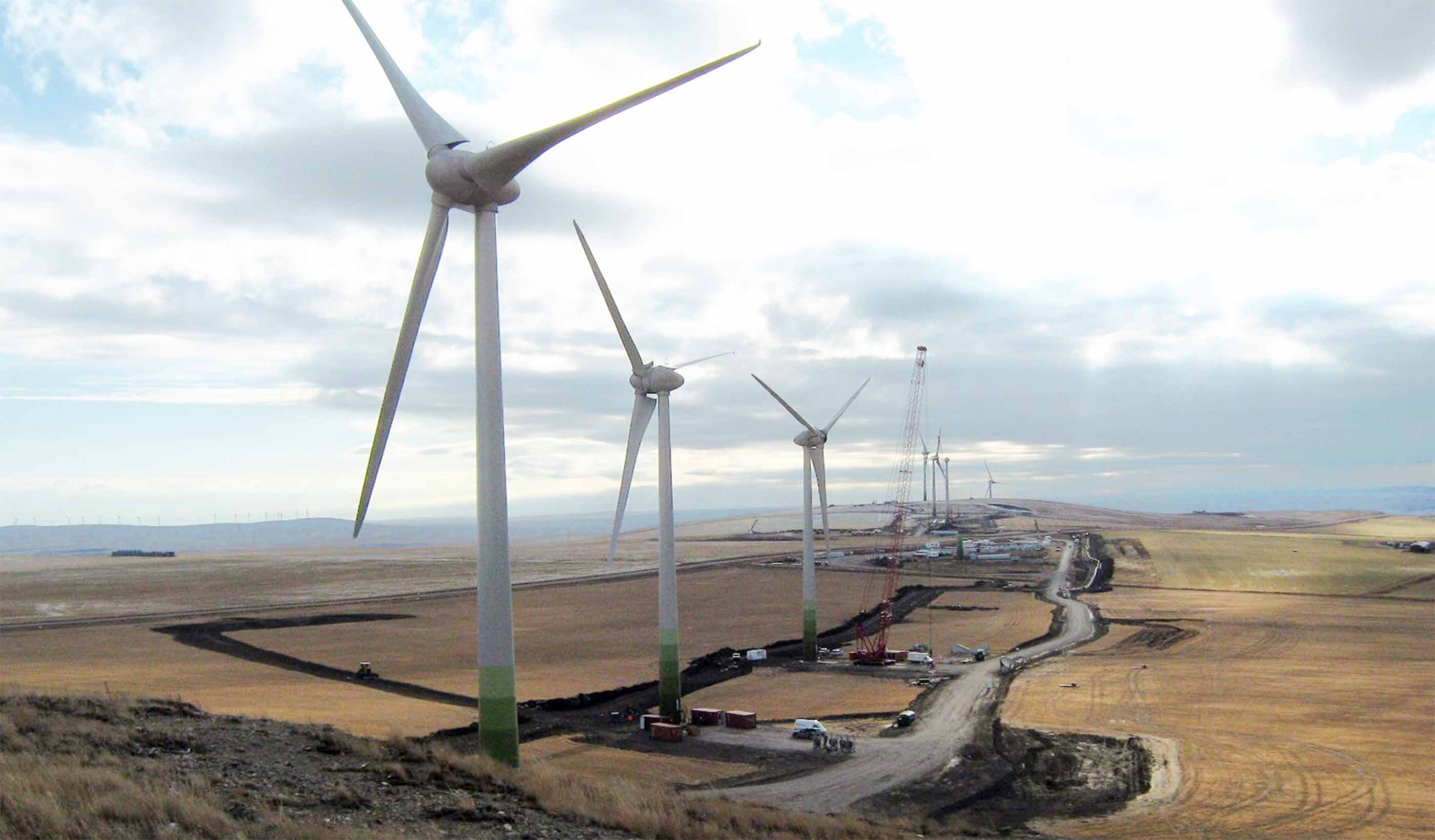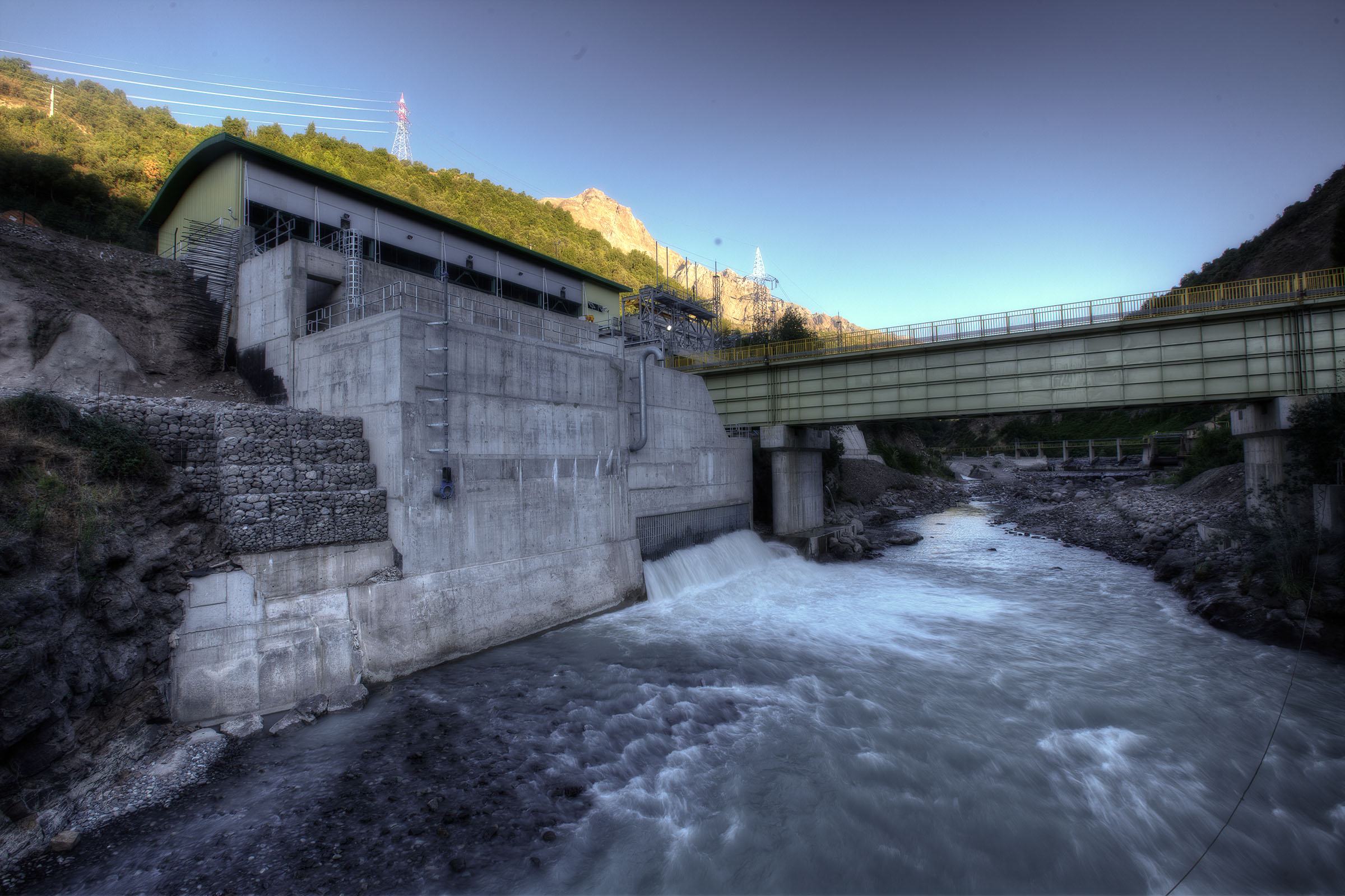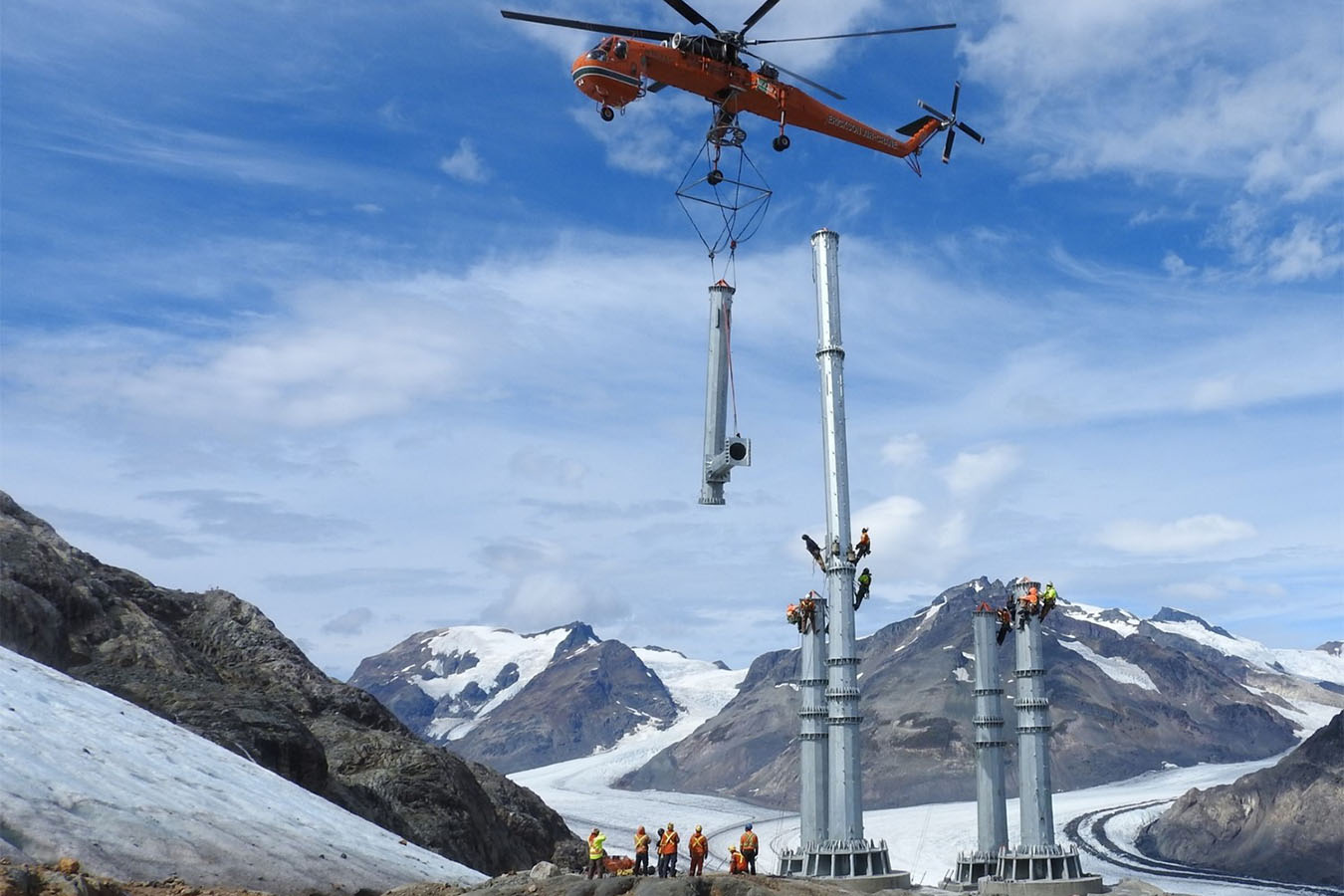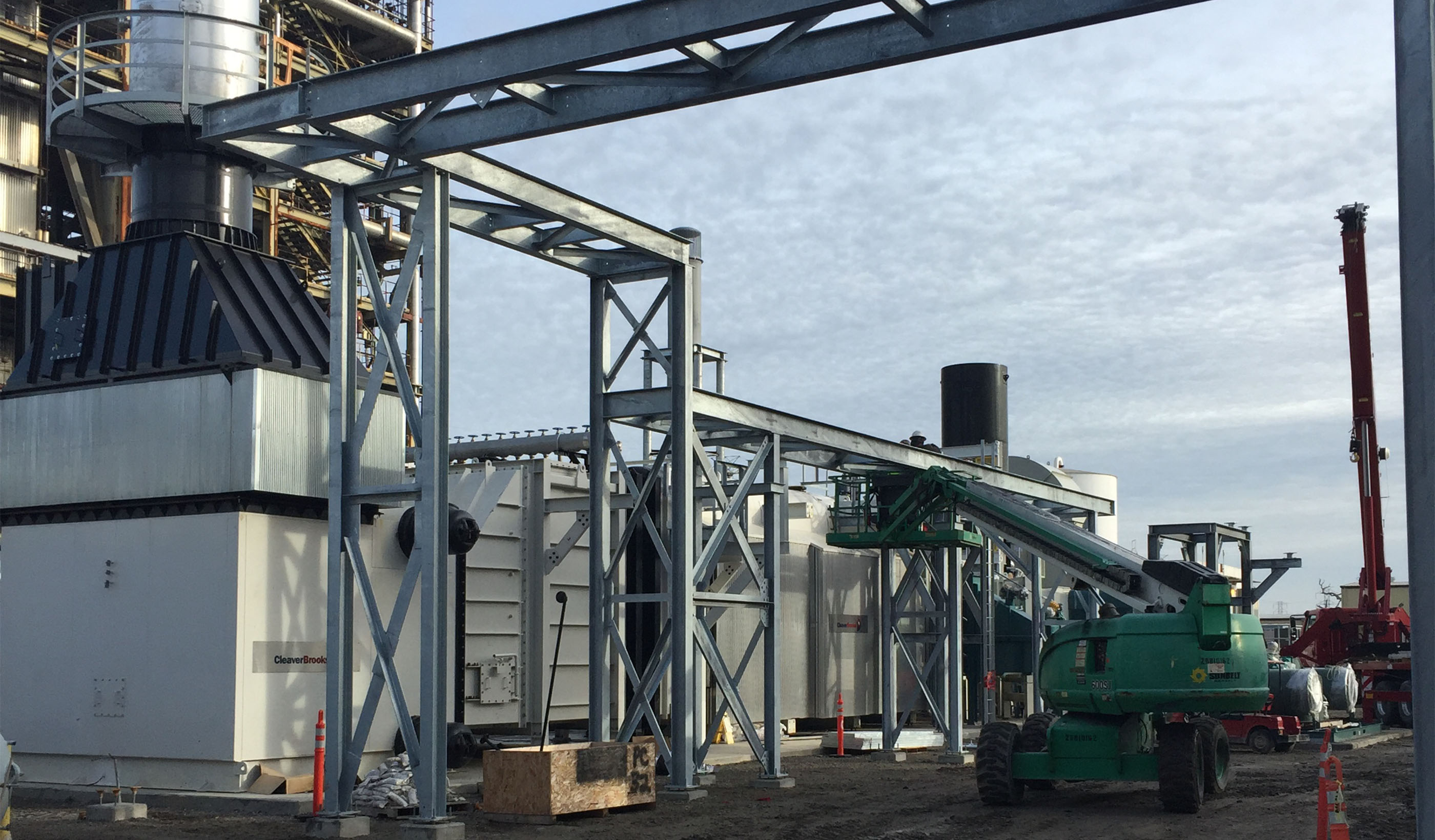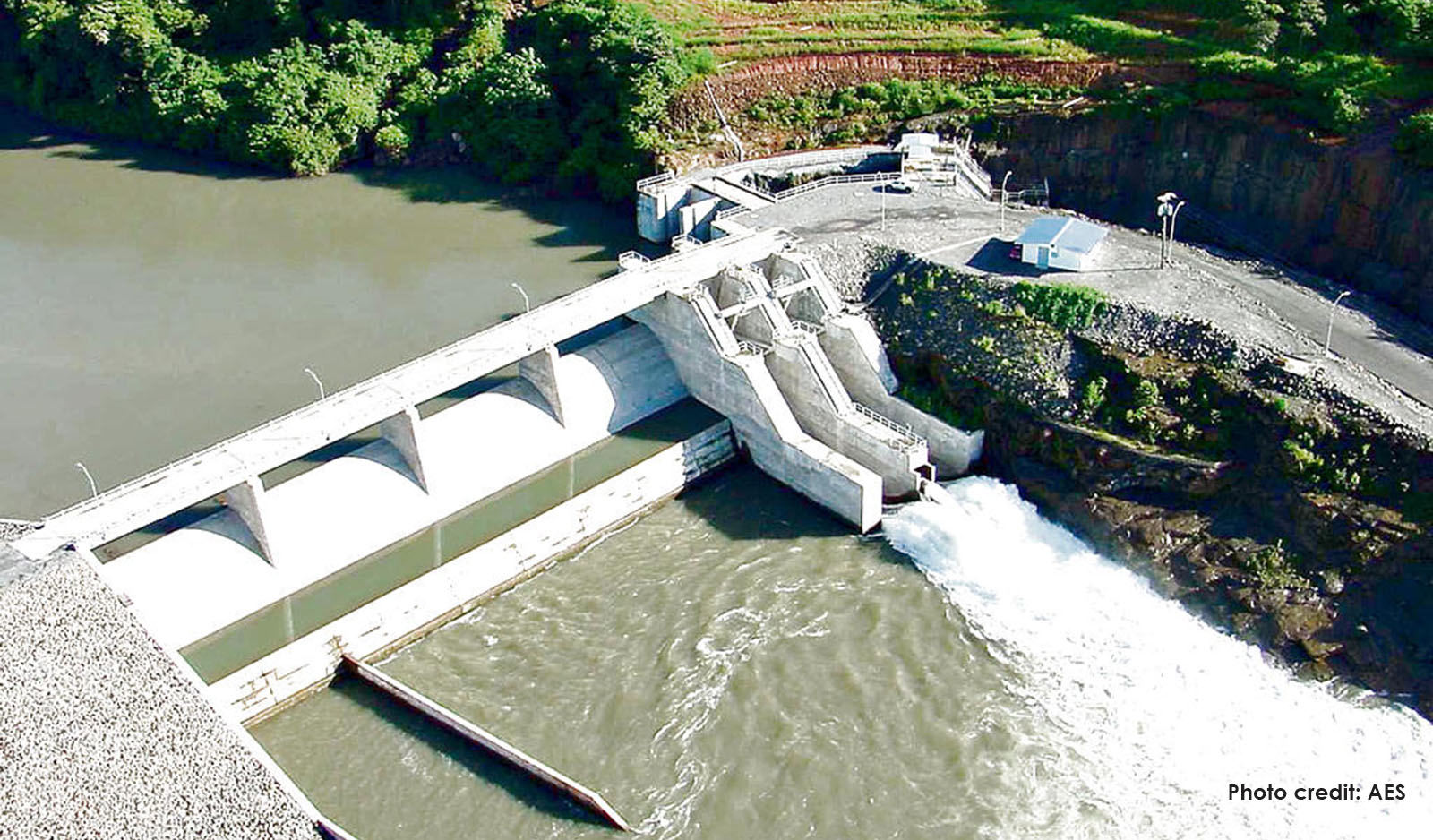skip transcript
Tom Phelps: At the University of Calgary we were faced with a couple of challenges, actually in 2009 and earlier. First of all, they were in the process of roughly one billion dollars of new construction and renovation of existing facilities. They had an energy infrastructure that had not been substantially improved since the mid-70's, 1970's. And on top of that, aggressive carbon emissions reductions goals. They signed on to the university president's climate change initiative, which said, "We will hold our emissions below 1990 levels," regardless of the fact we're adding a million square feet of new buildings. And they're faced with rising energy costs.
So, what do we do with all this? This resulted, and for example, about a 20% heating and cooling capacity shortfall. Their boilers, equipment that's normally good for 30 years, was going on year number 45. They needed to cut operating costs and they needed to hold CO2 emissions below 1990 levels. And to make it interesting, no funding source for any of this had been identified, and while cogeneration had a lot of appeal, three previous attempts to implement cogeneration at the university had failed.
Over in the far left you get a rough idea of the size of the university, 30,000 students, 5,000 faculty, so it's a major institution. So, what do we do for them? Well, our approach was, in spite of the fact that you may have had trouble selling cogeneration in the past, we think it's the right thing to do. And it's the right thing to do for a couple reasons. One of them is that, if you purchase electricity to solve, to meet your needs, and you purchase fuel to solve your heating needs, the efficiency, overall efficiency of that system is roughly on the order of 50%.
Cogeneration, which combusts fuel to produce electrical power and uses the waste energy for heating purposes, you basically get double use out of the fuel. And that efficiency goes to more like 75%. To put it on a level that everybody can understand, you all operate your houses probably in the first model. You probably buy power and you probably buy fuel. However, you all also own a cogeneration system in the form of your automobile. You combust fuel, which produces electricity in motive power, and leftover heat is used to heat the passenger compartment. In that particular case, the engine produces far more heat than you need to heat the passenger compartment, but it's there.
So, our approach was to do a screening study, followed up by a detailed business case, followed up by planning with implementation, approvals, which was quite an undertaking of its own, detail design and owner led construction manager implementation. I don't know how many of you do work with universities. They're generally not world renowned in their ability to move construction projects along smoothly. The University of Calgary decided to be their own construction manager, which is something I rarely see universities try. And then we also did commissioning, so this was a soup to nuts stand tech solution, from the initial business case all the way through the final commercial operation.
Project results. In the carbon dioxide greenhouse gas department, the red line up to the black line shows what the carbon profile of the campus looked like over time, beginning with 1990. The black line is over on the far right hand side, is the business as usual line, assuming they did nothing differently than the way the campus had been built to that date. The yellow line below it shows the carbon emissions reductions from building all new buildings to a lead silver standard minimum. The blue area shaded where the red line tracks is what happens when they went back and retrofitted their existing buildings to conserve energy everywhere it made economic sense to do so. And then the red, the bottom red line and the hot pink, shows what happens from installing cogeneration alone.
So, they came close to meeting their goal from Kyoto Protocol by typical energy efficient design and conservation. Cogeneration put them far over the hump in meeting that goal. Otherwise, the building was also ... the project was completed budget, which allowed them to expand the cope. The cogeneration portion of this central energy upgrade is returning 20% per year on the initial investment from the cogeneration system, so it's an economic winner.
On time and no complaints. On the far left hand side you see our 2009 estimate. In the center bar you see how the bids came in, and on the far right hand bar you see how the final construction numbers came in, with the big difference being the orange-ish portion of the bar at the bottom, which is additional scope, but they didn't expect to be able to afford to begin with. The building is here. The cogeneration system equipment sitting on the right. And over here shows you roughly what kind of a facility upgrade we got. The left hand picture shows the central plant before, and the right hand picture shows the central plant with the additional scope that they didn't expect to be able to afford.
CHP applications. Where can I find them, and with your clients? Generally where heating and cooling loads are mostly steady. When CO2 omissions are important, and where there are cash incentives, which is in some jurisdictions, but not all. If you have a prospect, call me. I have a cadre of around 20-some folks scattered around North America who are schooled in this method and we can help you out.
Questions?
Moderator: Thank you, Tom.
You are very efficient.
Craig: Hi, this is Craig from Calgary. I have a general question on application. Is this predominantly good for district energy only, or is it a good ability for, say, like new master plan community development?
Tom Phelps: The key point is how regular and continuous is the need for heating and cooling energy going to be. If it's highly periodic, like in an office building where people are there eight hours a day, five days a week, the rest of the time. Not a great application. If you're in mixed use with heavy residential, it's worth a look, because the residential loads are a bit more continuous. It also has to do with climate. Some people ask me does it work better in a cold climate where we need a lot of heating. Not necessarily, because some hot climates need cooling, and cooling can also be provided as a byproduct of cogenerated power.
Moderator: Actually, I have a question for you. The slide that showed the Kyoto Protocol, and the difference, the 40-some percent. Is that a typical result with cogeneration, or is that-
Tom Phelps: Good question.
Moderator: The results from this campus specifically?
Tom Phelps: Good question. There are a lot more cogeneration systems studied than are ever built, because the variations in how the economics and the carbon emissions work, vary a lot from location to location. If you had translated these results to British Columbia, where all of the electrical power is a zero carbon emissions hydro power, or to Quebec, or to Ontario where it's nuclear or hydro power, you would actually be pushing your carbon emissions the other way. In Alberta, there's about 70% coal at the time this analysis was done. So, it varies. I generally find that the carbon dioxide emissions don't materially affect the business case, but they can make a big difference on the CO2 footprint.
Speaker 1: Just a comment to that last point, the U.S. federal government's 2016 value for carbon per ton is 57 dollars, which means you're saving about four and a half million dollars a year.
Tom Phelps: Well, it depends on which scenario you're in, but the Canadian federal government has set a target 50 dollar a ton ... target price. The market isn't quite there yet. It's around 25 bucks a ton in B.C. and zero in most of the U.S., but in substantial parts of the U.S. it's up in the 10 dollar a ton range, so it does ... it needs to be figured in the business case. It rarely makes or breaks the business case.
Moderator: Another question from the floor?
Thank you so much, Tom.
skipped transcript

